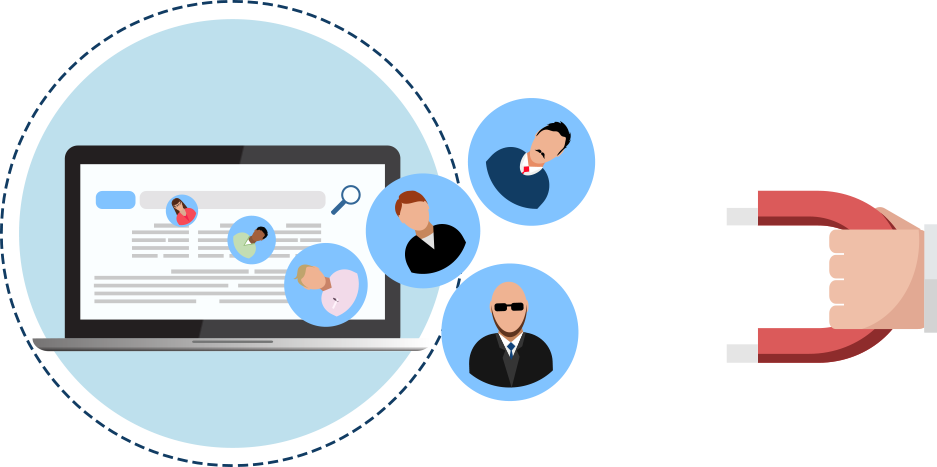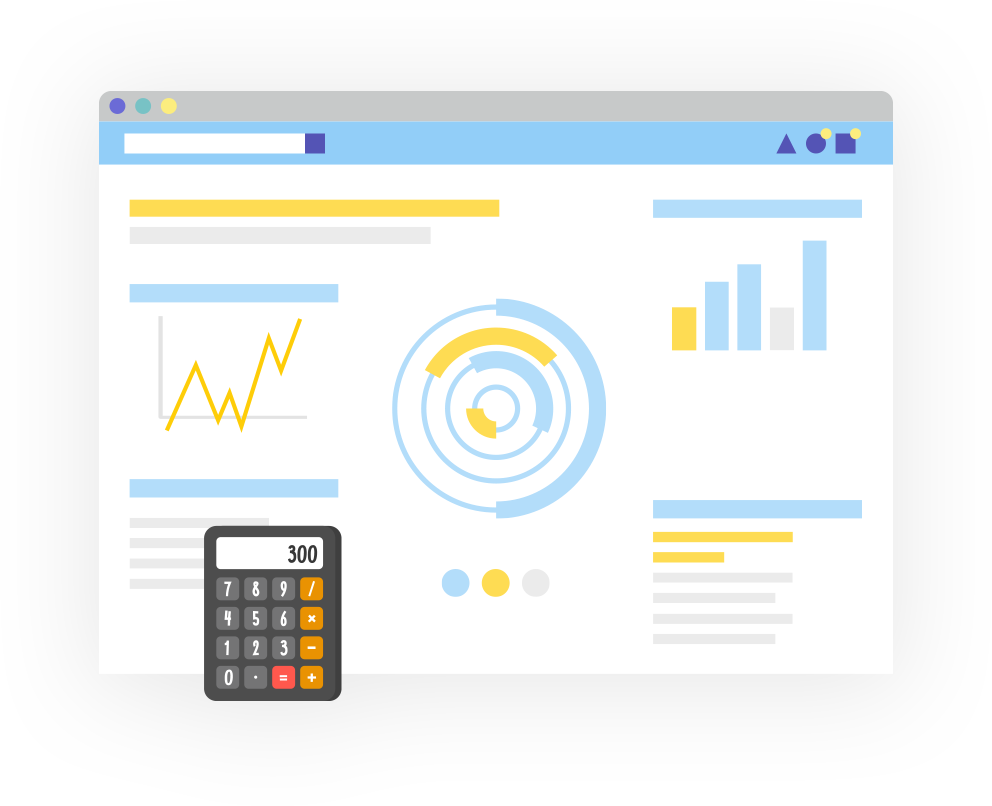Lead Generation
We make inbound marketing work for you through lead generation, where we attract qualified leads for your sales-driven team. Throughout the campaign, we measure the right metrics in lead generation to help us frame our strategy in nurturing online visitors and developing an interest in your business.

















